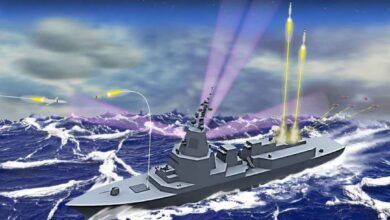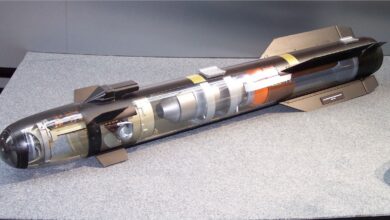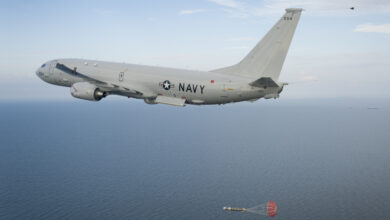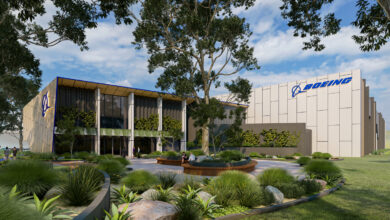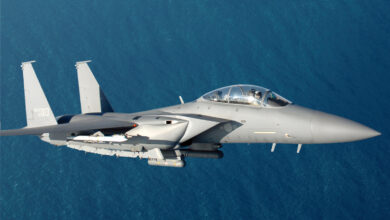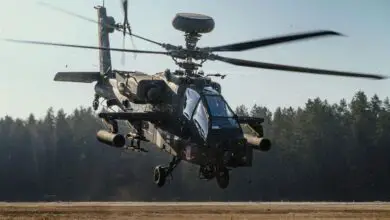US approves $4.5 billion upgrade of Japan F-15s to Super Interceptor configuration
The U.S. State Department has approved a $4.5 billion program to upgrade 98 of Japan’s F-15 fighter jets to a Japanese Super Interceptor configuration, the Defense Security Cooperation Agency said.
Japan requested the upgrade of up to 98 of its F-15J jets, the Tuesday, October 29 DSCA release said. The upgrades include APG-82(v)1 Active Electronically Scanned Array (AESA) Radars, Advanced Display Core Processor II (ADCP II) Mission System Computers and ALQ-239 Digital Electronic Warfare Systems, the release said.
The upgrade also includes the Joint Mission Planning System, the Selective Availability Anti-spoofing Module, ARC-210 radio, aircraft and munition integration and test support, as well as training and training devices, communications equipment, engineering and other related program support.
The prime contractor for the foreign military sales portion is Boeing, while Mitsubishi Heavy Industries, which was granted the right to build more than 200 F-15 fighters since 1981, is the prime contractor for the direct commercial sales portion, with Boeing as a sub-contractor supporting integration.
The estimated total program cost is $4.5 billion.
“This proposed sale will provide Japan a critical air defense capability to assist in defending the Japanese homeland and U.S. personnel stationed there,” DSCA said. “Modernized F-15J assets will better enable Japan to respond to airborne threats and defend its airspace.”
Japan’s defense ministry in August requested a record 5.32 trillion yen ($50.3 billion) budget for 2020 to fund a range of purchases including fighter jets and missile defense systems as the country eyes the threat from North Korea and China. The request marked Japan’s eighth straight defense budget increase, and is 1.2% higher than previous year’s $47 billion budget. The 2019 budget allocations included funds to upgrade the electronic warfare capabilities of some of its F-15 fighter jets to keep up with air capabilities of regional neighbors.
Japan’s expanding defense spending reflects the policies of hawkish Prime Minister Shinzo Abe, who has steadily upgraded the nation’s military in the face of missile and nuclear threats from North Korea and increased military activity in the region by China and Russia. But critics argue the change shifts Japan further away from its commitment to strictly defensive capabilities under the country’s post-World War II pacifist constitution.
China’s long-range Chengdu J-20 has given the country an edge in stealth fighter capabilities in the region, but Japan’s two helicopter destroyers are also being converted to aircraft carriers capable of launching the Lockheed Martin-built F-35 Joint Strike Fighter. Japan plans buy to more than 100 of the stealth fighters.
U.S. President Donald Trump has repeatedly complained about Washington’s trade deficit with Tokyo, and Abe has courted Trump by purchasing U.S. military products and repeatedly highlighting the Washington alliance as a cornerstone of Japan’s diplomacy. So far in 2019, the U.S. has approved military sales worth more than $11.5 billion, including AEGIS Weapon Systems, Standard Missile-3 interceptor missiles, Advanced Medium-Range Air-to-Air Missiles, and technical support for AEGIS destroyers.
Japan looks to boost naval capabilities in face of emerging China submarine threat



